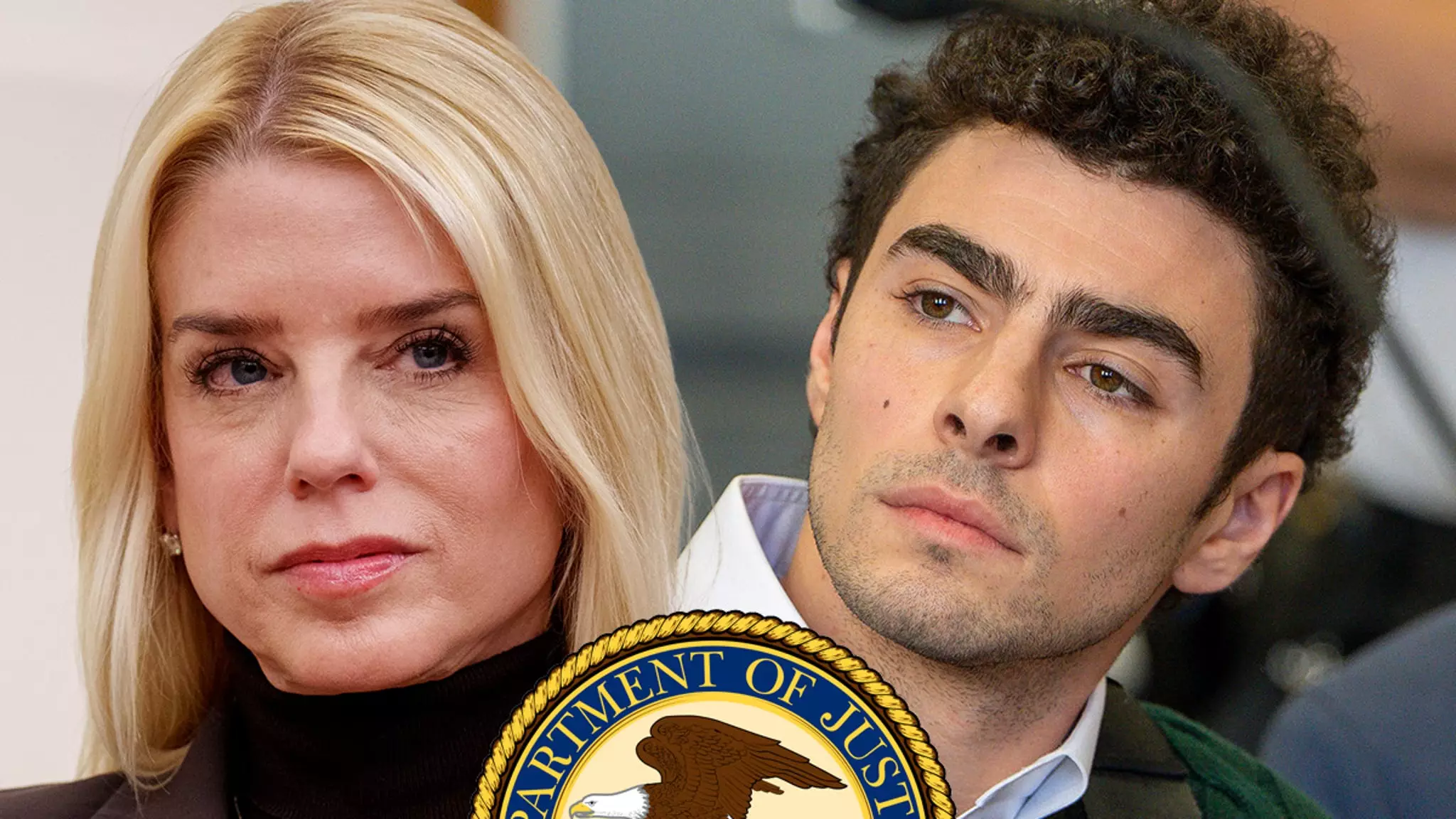The on-going debates around capital punishment continue to ignite emotional and ethical conflicts among society. Recently, the case of Luigi Mangione—accused of murdering UnitedHealthcare CEO Brian Thompson—has brought the focus back to the death penalty in America. With Attorney General Pam Bondi advocating vehemently for his execution, one has to consider not just the legal ramifications of the case but also the profound moral implications and the actual experiences faced by those subjected to lethal injection.
Lethal injection is often touted as a humane alternative to other execution methods; however, a deeper examination reveals its grisly underbelly. Legal experts like Corinna Lain, a law professor with a specialization in capital punishment, are shedding light on the grim realities that condemned inmates face. Rather than embodying our societal values of justice and rehabilitation, the methodology of execution presents a stark contradiction, highlighting a system riddled with potential for cruelty.
The Execution Process: A Gritty Mechanism
When a prisoner is sentenced to death, the procedures that follow seem clinical on the surface but are fraught with ethical dilemmas. As detailed in Lain’s insights, the initial stages are alarming. An inmate, such as Mangione, is strapped to a gurney, stripped of autonomy, and prepared to be subjected to drugs that ostensibly aim to bring about a peaceful death. However, this is where one must question: How peacefully can death come when it is administered amid a array of logistical hiccups?
The process begins with a medical technician struggling to find a vein, whilst the condemned individual often experiences not only the weight of their circumstances but the physical discomfort of failed attempts. When non-medical prison guards inject the lethal substances—mistakes are not uncommon. Overzealous application of drugs without proper medical training opens the door to catastrophic errors that could lead to unimaginable suffering.
The Painful Paradox of Lethal Injection
Despite the intended effects of these drugs, Lain argues that the reality is drastically different. Acute Pulmonary Edema and other painful reactions are likely, leaving inmates to suffer unimaginable distress without the ability to communicate their anguish. This raises an unsettling question: How can society claim a moral high ground when we inflict potentially excruciating pain using a method that is supposedly humane?
A focused inquiry into the experiences of inmates executed via lethal injection reveals an unsettling truth—many do not meet their demise quietly. Survivors of botched executions have emerged with narratives of awakening amidst their demise, enduring agonizing moments even after being deemed incapacitated. This grim reality forces society to reconsider whether our methods of justice align with ethical standards.
The Ethics of Execution in America
In his pursuit to understand the death penalty’s place in modern justice, one can’t help but wonder whether we have lost sight of the societal implications of such extreme measures. The promotion of capital punishment, as seen in cases like Mangione’s, underscores an uglier sentiment—that of vengeance masquerading as justice. Rather than providing closure or a sense of safety, these executions may further entrench a cycle of violence and suffering in our shared humanity.
Moreover, this intersection between politics and law creates a complex framework in which Attorney General Bondi’s positions may resonate with a public seeking swift justice but fail to address the moral complexities of such life-and-death decisions. The power dynamics at play in death penalty cases often overshadow the ethical ramifications, leaving us grappling with the existential question of what kind of society we wish to be.
The overarching narrative surrounding lethal injection and execution fundamentally challenges the core values of justice and morality in America. As cases like Mangione’s evolve, they serve not just as courtroom spectacles but as profound reflections of our collective conscience and a call to reevaluate our commitment to humane and ethical treatment of all individuals, regardless of their crimes.

